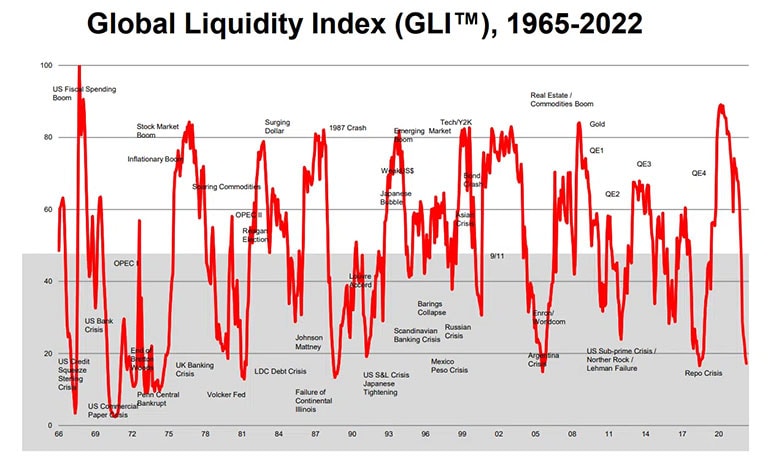چهارشنبه ۱۵ شهریور ۰۲ | ۱۹:۳۹ ۲۰ بازديد
Trading with Poolback
If you are active in financial markets such as stock exchange and forex, you must have heard the word “poolback”. But in order to be able to trade with Poolback, you need to know many points related to trading with Poolback. In this article, we are going to explain how to trade with pullback. (basic concepts of support and resistance)
Labels: Order to build a Forex robot , Build a stock trading robot , Build a trading robot , Merchant robot design , Free Forex Robot , Forex robot programming , Forex Expert Making Training , Build a trading robot with Python , Download Forex Trading Robot , Buy Forex Trader Robot , Automated Forex Robot , Free stock trading robot , Learn how to build a Forex trading robot , Alpari trading robots , Forex robot for Android , MetaTrader robot design , MetaTrader robot programming , Forex robot design , Forex robot programming , automated trading
What is Pullback?
A pullback is a temporary or moderate drop in stock or commodity prices from recent highs. which occurs in a continuous upward trend. A rollback is very similar to a modification or a merger. And the terms are sometimes used interchangeably. The term pullback usually refers to a decrease in prices that is relatively short in duration. For example, several consecutive sessions are applied before the uptrend resumes.
Key points of dealing with Poolback
A pullback is a temporary reversal in the price action of an asset or security.
The duration of stretching is usually just a few sessions in a row.
A longer pause before resuming the uptrend is commonly referred to as a consolidation.
Pullbacks can be an entry point for traders looking to enter a time position. that other technical indicators are still bullish. (stop-limit order in forex market)
What does pullback tell you?
After the securities faced a large price increase. Feedbacks are treated as buying opportunities. For example, a stock may experience a significant increase after a positive earnings announcement. And then face a pullback as traders take profits off the table with existing positions. But positive profit is a fundamental signal. which shows that the stock will resume its upward trend.
Most pullbacks involve a security price moving into an area of technical support, such as a moving average or pivot point, before resuming the uptrend. Traders should keep a close eye on these key areas of support. Because their failure can represent change rather than retreat.
Read more: Digital currency training
An example of a transaction with Poolback
Feedbacks usually do not change the underlying underlying narrative that drives price movement on a chart. They are usually looking for a sharp increase in the price of securities, profitable opportunities. For example, a company might report blown earnings and see its stock jump 20%. Stocks may trade the next day as short traders’ profits are locked in. However, the strong earnings report suggests that the underlying businesses are doing the right thing. Buy and Sell Traders and investors are likely to be attracted to the stock by the strong earnings report, supporting a sustained uptrend in the near term.
Every stock chart has examples of pullbacks in the context of long-term uptrends. Although these pullbacks are recognizable in the past, they are more difficult to assess for investors holding securities that are losing value.
In the example above, the SPDR S&P 500 ETF (SPY) is experiencing four retracements in the longer trend. These pullbacks usually involved a move to the 50-day moving average, where there was technical support before pulling back further. Traders should use several different technical indicators when evaluating pullbacks to ensure they do not turn into long-term reversals.
The difference between return and pullback
Both pullbacks and reversals involve a security breaking out of its highs, but pullbacks are temporary and reversals are long-term. So how can traders distinguish between the two? Most reversals involve changes in the fundamentals of a security that force the market to reassess its value. For example, a company may report disastrous earnings that cause investors to recalculate the stock’s current value. Similarly, it could be a negative settlement, a new competitor launching its product, or another event that will have a long-term impact on the parent company.
These events, although they happen off the chart, so they appear in several sessions and at first look very much like a pullback. For this reason, traders use moving averages, trend lines, and trading bars to flag if a pullback continues and is in danger of entering a reversal zone. ?)
Restrictions on trading with Poolback
The biggest limitation in trading pullbacks is that a pullback can be the start of a real reversal. Given that both retracements and reversals occur over a wide range of time frames, including intraday if you want to be more granular, a trader’s multi-session retracement is actually a reversal for the trade. Ger has been looking at the same chart for a day. If the price action breaks the trend line for the time frame, you may be going back instead of going back.
In this case, it is not time to enter a bullish position. Of course, adding other technical indicators and fundamental data scans to the mix will increase a trader’s confidence in identifying true reversal pullbacks.
- ۰ ۰
- ۰ نظر
 چه زمانی به سقف چرخه بعدی بیت کوین میرسیم؟
چه زمانی به سقف چرخه بعدی بیت کوین میرسیم؟ Tether Claps Back at JPMorgan’s Stablecoin Skepticism
Tether Claps Back at JPMorgan’s Stablecoin Skepticism